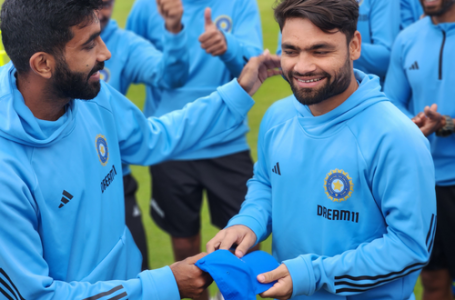Jan 11, 2020
New Delhi: Protests against the Citizenship Amendment Act (CAA) continue unabated across India. Police brutality, prohibitory orders, and frequent shutting down of metro and internet services have not prevented tens of thousands of people from protesting every day. The death toll from police firings has risen to 26, with hundreds wounded and interned. Loss to public and private property has been immense. Very heartening, however, is the spontaneous support to Muslims from all communities, signifying that the CAA has not polarized people. This is a welcome sign for a society which has lately witnessed deepened religious and caste fissures.
The government’s reaction has been ham-handed. However, Prime Minister Narendra Modi has made a tactical retreat and denied any discussion on the National Register of Citizenship (NRC) and creation of detention centres which, along with the seemingly innocuous CAA, leave Muslims worried. However, since two senior ministers had made contrary statements inside and outside the Parliament, and media reported about detention centers, the government’s credibility stood eroded. Sudden approval for the National Population Register (NPR), which the ministers asserted would be the first step towards NRC, reinforced suspicions.
These protests are more widespread and comprise much larger numbers than those in Hong Kong. Yet, coverage in the Western media has been limited, perhaps due to the preoccupation with the politics around impeachment of the US President, Iran and Brexit.
Suspicions arise mainly from the RSS and BJP’s track record and intent. Despite India’s partition on religious lines, almost 200 million Muslims live in India. Yet, barring sporadic incidents, they have lived peacefully, reassured by the secular ideals enshrined in the Constitution. While the Salafi doctrine spread all across the Middle East and Af-Pak region, Al Qaeda and ISIS could not gather roots in India.
However, with the RSS and BJP’s strident Hindutva campaign, religious polarization has increased over the past three decades. Communal conflagrations followed the Rath Yatra (1990), Babri Masjid demolition (1992), Mumbai bomb blasts (1993), and the Gujarat carnage (2002). Since 2014, Muslims have increasingly faced vitriol, assaults and even lynching under the BJP government. Muslims view the abrogation of Article 370, Triple Talaq, the verdict on Ayodhya and the prospective Common Civil Code as deliberate exclusionary steps, with the ultimate goal of a Hindu Rashtra. Hence, Muslims and secular-minded Indians do not believe the denials by its top leaders that there is no mal-intent behind CAA+NRC+NPR.
India, with the second-largest Muslim population in the world, cannot afford Islamophobia, which would cause catastrophic destabilization. All these years, India’s secularism has ensured harmony in this multi-religious, multi-cultural and highly diverse nation, when even Islamic nations have been falling apart. It is imperative that religious polarization is checked, lest it sets alight the communal cauldron. The government must play a harmonizing role rather than rushing through ill-timed and ill-considered enactments, which exacerbate the religious divide.
The economic implications are even more compelling. India is in the grip of a serious economic slowdown, with growth at a six-year low. Rates of consumption, savings, investment, and industrial production are precariously low, while the current account deficit, trade deficit and unemployment are very high. The banking sector is in crisis, with a huge accumulation of bad debts. At a time when the economy needs urgent short-term as well as structural reforms, the government in its wisdom has chosen to bring up these controversial measures, which it should have known were bound to trigger strong protests. The prolonged closures and shutdowns will have a snowballing effect on all economic activity and lower the GDP further. India can ill afford such prolonged civic unrest, which will deepen the economic crisis.
Geopolitically, India is a bulwark against Chinese hegemonic designs not just in the South China Sea and South Asia, but also in the entire Indian Ocean Region. China’s Belt and Road Initiative (BRI) is nothing but thinly veiled neo-colonialism, as many countries in Africa, Sri Lanka and Malaysia are realizing, caught as they are in China’s vicious debt trap. The world looks to India as a stabilizing power in this region that has the capability to counter China’s aggressive intent. Since internal cohesion and economic stability are prerequisites for external security, India’s priorities should be clear.
Pakistan’s incessant hostility towards India and its close friendship with China, with whom India has an unresolved border dispute, have always posed a serious security threat. Given that China, following its Four Modernizations, raced far ahead in military power, infrastructure and economic growth, it has been an imperative for India to close the gap. Consequently, India needs to pursue that goal with single-minded determination and cannot afford to fritter away energies in religious and social strife. The leadership must give a clarion call for “all hands on deck” to strive together towards this goal, and firmly suppress all divisive tendencies, which impede that endeavour.
(The writer is an Indian Army veteran, now Professor of International Business Strategy and Management in the USA).
–Courtesy South Asia Monitor( https://southasiamonitor.org/news/india-cannot-afford-to-fritter-away-energies-in-religious-and-social-strife/sl/31535)

















